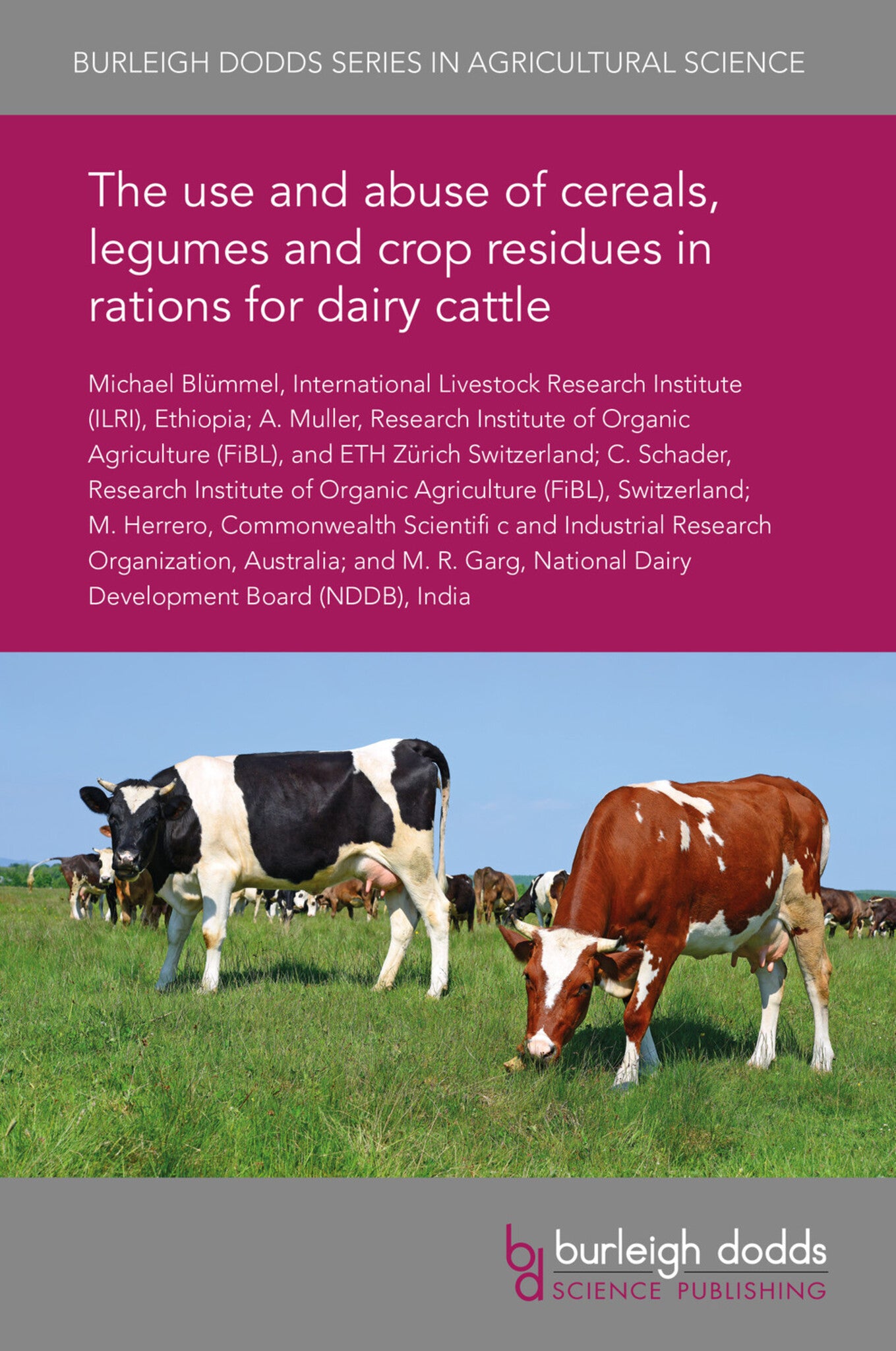We're sorry. An error has occurred
Please cancel or retry.
The use and abuse of cereals, legumes and crop residues in rations for dairy cattle

Some error occured while loading the Quick View. Please close the Quick View and try reloading the page.
Couldn't load pickup availability
- Format:
-
07 August 2017


TECHNOLOGY & ENGINEERING / Agriculture / Sustainable Agriculture, Dairy farming, TECHNOLOGY & ENGINEERING / Agriculture / Animal Husbandry, Sustainable agriculture

1 Introduction 2 Current and future levels of animal sourced food (ASF) production 3 Dairy ration compositions and current and projected feed demand and supply 4 Context specifi city of feed demand and supply 5 Ration composition and ceilings to milk productivity 6 Optimizing the feed–animal interface: ration balancing in intensive and extensive dairy systems 7 Summary 8 Where to look for further information 9 References



